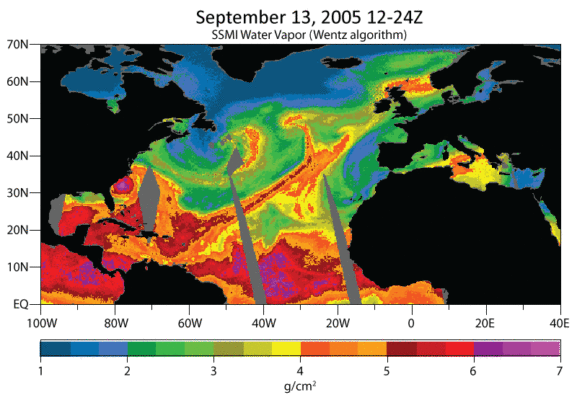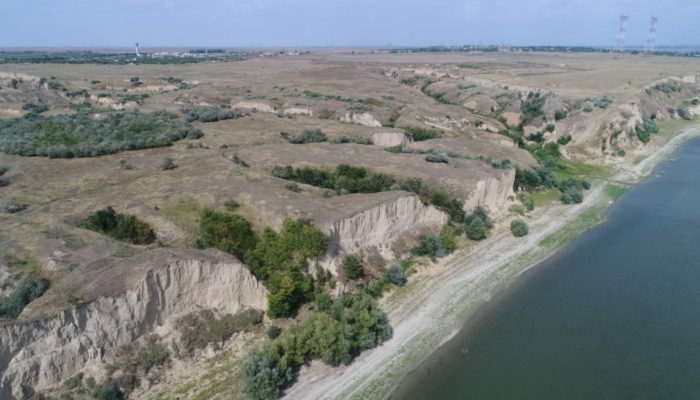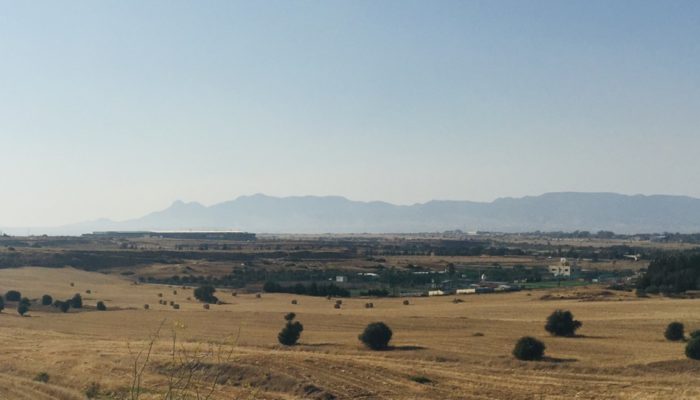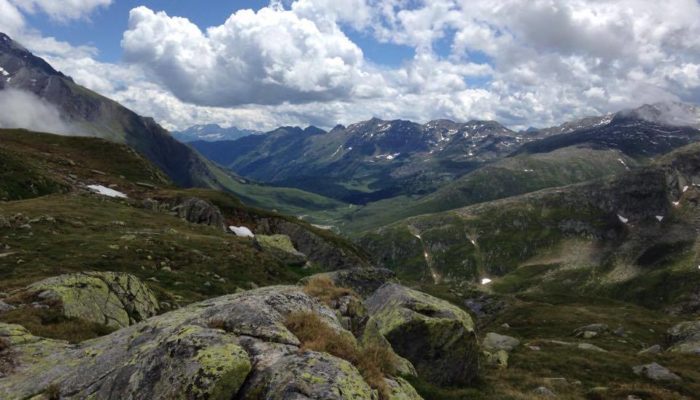Previous blog posts have highlighted the importance of loess as an indicator of climate and environmental changes in the past. These posts showed the relevance of loess deposits as archives of Pleistocene climates and environments, the importance of using novel approaches in mapping these and other Quaternary-related sediments, the aspects of dating loess deposits, as well as the peculiarities o ...[Read More]
Atmospheric Rivers: the water tap of extreme precipitation

Extreme precipitation events, i.e., heavy rain episodes of short duration, can lead to severe or even catastrophic social and economic impacts, as seen recently in different flooding and landslide incidents throughout the world. One of the drivers behind these events is the occurrence of atmospheric rivers (ARs), a mechanism that transports great amounts of water vapour across the globe, and signi ...[Read More]
HighPasm project: Understanding the climate & social vulnerability in the Island of Cyprus for the last millennium
What is this project all about? This project investigates the social responses of the society to environmental stress in the context of climate variability for the last millennium in Cyprus. Human societies had a variable response to changes in climate either due to differences in socioeconomic systems, land use, and health systems. Many health issues in societies are sensitive to both social and ...[Read More]
From mountains to caves: How I found my research niche
What makes you unique as a scientist? Most of us are confronted with this question sooner or later in our career, for example when applying for jobs or research grants. The answer is not always easy, especially for Early Career Researchers (ECRs) still developing a strong scientific profile. For me, being able to clearly identify my research niche has been a long process that involved developing i ...[Read More]



